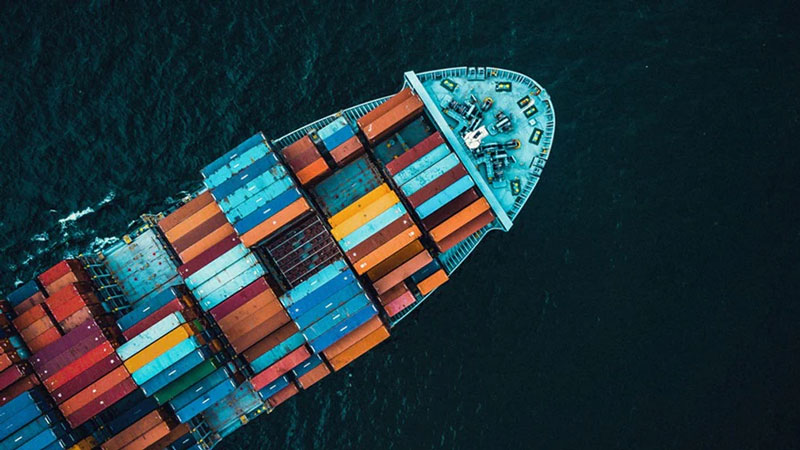

With connections to several ports in China, Maersk launches SH3 route connecting China and Bangladesh
On July 15, shipping giant Maersk launched the SH3 route service connecting China and Bangladesh, which began operations on July 7.
The opening of the SH3 route will complement the existing SH1, SH2 and IA7 routes between China and Bangladesh, and the SH1 and SH2 routes have been adjusted to further optimize services. The combination of routes expands coverage in China, providing multiple options for full week loading from Shanghai, Nansha and Ningbo, and more direct shipping options for Bangladesh.
Wen Bing Lim, Regional Head of Markets, Maersk Asia, said, "In this time-sensitive industry, retailers demand timely delivery across the supply chain to meet the rapidly changing needs of their customers. The new network accelerates the supply chain, benefiting Chinese exporters of textile raw materials and garment manufacturers in Bangladesh."
Textiles are an important part of China's exports to Bangladesh. Bangladesh has more than 4,000 garment factories serving more than 100 international clothing brands, exporting a wide range of knitted and woven garments, including shirts, trousers, T-shirts, jeans, jackets and sweaters, to more than 150 countries and territories.

Photo source: Maersk official website censored
The opening of the SH3 route will complement the existing SH1, SH2 and IA7 routes between China and Bangladesh, and the SH1 and SH2 routes have been adjusted to further optimize services. The combination of routes expands coverage in China, providing multiple options for full week loading from Shanghai, Nansha and Ningbo, and more direct shipping options for Bangladesh.
Wen Bing Lim, Regional Head of Markets, Maersk Asia, said, "In this time-sensitive industry, retailers demand timely delivery across the supply chain to meet the rapidly changing needs of their customers. The new network accelerates the supply chain, benefiting Chinese exporters of textile raw materials and garment manufacturers in Bangladesh."

Photo source: Maersk official website censored
Textiles are an important part of China's exports to Bangladesh. Bangladesh has more than 4,000 garment factories serving more than 100 international clothing brands, exporting a wide range of knitted and woven garments, including shirts, trousers, T-shirts, jeans, jackets and sweaters, to more than 150 countries and territories.





